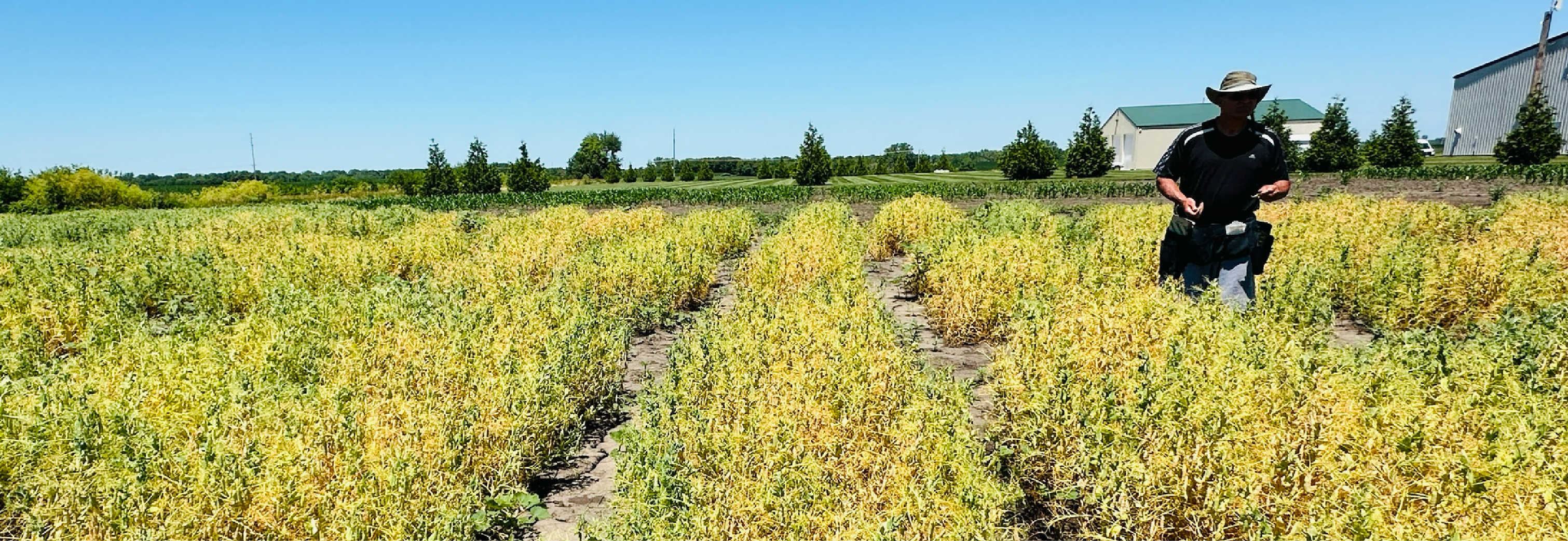Our global food system is a significant contributor to climate change — so much so it’s estimated that 23–42% of total greenhouse gas emissions can be traced back to food production.
With issues such as overproduction, cheaper and low-quality calories to reduce costs, and immense food waste, it’s time to take steps toward lowering the environmental impact of food production to sustain the population and our planet.
Let’s dive into the issues food production is creating — and how organic and regenerative practices can help take food production on a new, more sustainable trajectory.

Organic Crop Agriculture
Organic agriculture is a sustainable farming system that avoids synthetic chemicals, promotes biodiversity and soil health, and prohibits genetically modified organisms.
The key principles of organic farming include:
- Relying on natural nutrient sources vs. synthetic fertilizers/chemicals
- Diverse crop rotations
- Minimizing the use of artificial additives and processing aids
Not to mention that organic farming is the original pioneer for regenerative agriculture!

Regenerative Agriculture
Regenerative farming systems exist to increase soil quality and biodiversity in farmland while producing nourishing farm products — all while making a profit for the farmers who grow them.
Today, there are several different definitions of regenerative agriculture. At PURIS, we believe that regenerative agriculture is a proven method of capturing carbon from the air and storing it in the soil, helping mitigate the effects of climate change. Simply put, it improves the resources it uses rather than destroying or depleting them.

Why Peas?
Peas are the most planet-loving of all protein crops grown in the U.S. A 2022 cradle-to-grave life cycle analysis (LCA) on U.S.-grown pulses demonstrated that peas’ farmgate greenhouse gas potential is the lowest of all pulses. Pulse proteins (especially peas) are a standout climate-smart option compared to soy and rice.
- Water-conscious: Peas require minimal water and fertilizer, making them a more economical choice.
- High yield: Peas replenish approximately 60 pounds of nitrogen soil per acre and can out-compete weeds in the spring.
- Packed with nutrients: Peas are rich in protein, fiber, vitamins, and minerals — all keys to a balanced diet.
- Soil helpers: Field peas benefit from “nitrogen fixation,” a symbiotic relationship between the pea’s root system, air nitrogen, and soil bacteria. 96% of PURIS growers evaluated are actively trying to build soil health on their land through conservation tillage, enhanced crop rotations, no- or reduced-till, natural fertilizers, focusing on organic matter and intercropping.
- Scalable sustainability: PURIS Pea ingredients can deliver the sustainable nutrition we need to support an estimated 10 billion people by 2050.

Land Use vs. Greenhouse Emissions (Peas)
The Power of Peas as Cover Crops
Whether planted with or after a main crop, cover crops:
- Increase organic matter
- Build nitrogen levels
- Ensure plant uptake of essential minerals
- Reduce weeds
- Control pests
- Prevent erosion

Combining Regenerative and Organic Practices
PURIS offers organic and non-organic ingredients for food and beverage makers. While both use a regenerative farming model, organic offers unique benefits to manufacturers when buying ingredients from farmers who value both systems.
The Ecdysis Foundation found a 78% increase in long-term profits for organic practices over conventional methods – while The Rodale trial showed long-term profit increases of 194% for systems that combine regenerative and organic systems.
This demonstrates the powerful synergies that can be achieved by adopting a holistic, regenerative approach to agriculture.
Why PURIS?
PURIS is more than just a protein company — we are a mission-driven organization dedicated to advancing regenerative agriculture. We work directly with a network of farmer partners who use holistic practices like cover cropping, no-till farming, and diverse crop rotations to build soil health and resilience.
This focus on regenerative principles sets us apart from many other food and ingredient companies that source commodities through conventional, extractive supply chains. By prioritizing relationships with farmers working to improve their land, we can provide our customers with traceable, sustainable ingredients while supporting a transformative model of agriculture.
![The Environmental Impacts of Food Production [Visual Guide]](https://blog.puris.com/hubfs/puris-blog1_featured.webp)







